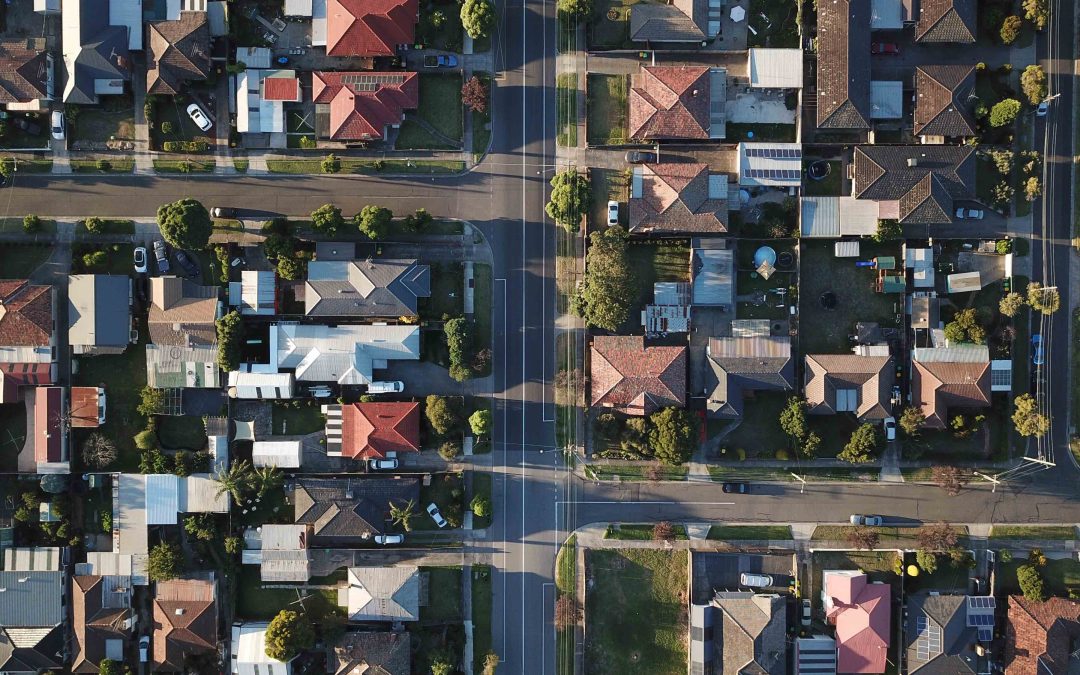Once you buy a home, you’re virtually stuck with it. Doing a little research before you hit up a real estate agent goes a long way to making sure that where you plan to settle down is a place that not only meets your career, financial, and family needs but also makes you feel happy and comfortable. While it’s no secret there are neighborhoods out there struggling, there are others absolutely killing it, helping many make the American dream come true.
Many factors go in to ranking a neighborhood. Average living costs and home values, amenities access, education quality, and crime rates are just a few of them.
The most affordable neighborhoods
CNBC Make It reports that the best affordable neighborhoods in the United States are the suburbs, some of which are so affordable that millennials are quickly buying up suburban houses. According to CNBC Make It, which took its data from real estate company Redfin, these are America’s top five affordable suburban neighborhoods:
- McKinley Park, Chicago
Average home price: $270,000
Average home price in metro area: $230,000 - East Mount Airy, Philadelphia
Average home price: $200,000
Average home price in metro area: $199,00 - Parkville, Baltimore
Average home price: $204,900
Average home price in metro area: $270,00 - Hamilton, Baltimore
Average home price: $159,500
Average home price in metro area: $270,000 - Fircrest, Vancouver, Washington (Portland, Oregon metro area)
Average home price: $282,500
Average home price in metro area: $385,000
The safest neighborhoods
Security company Safewise published data ranking the top one hundred safest cities in America. Their data suggests that these cities boast an average violent crime rate 22.5 percent lower than the national average—0.20 per 1,000 people, compared to the national rate of 4.49 per 1,000 people.
Property crime rates are also lower, at 3.8 times lower than the national average—7.11 per 1,000, compared to the national rate of 27.11 per 1,000 people. Here are Safewise’s top five safest communities:
- Hopkinton, Massachusetts
Violent crime rate (per 1,000): 0.000
Property crime rate (per 1,000): 3.40 - Ridgefield, Connecticut
Violent crime rate (per 1,000): 0.000
Property crime rate (per 1,000): 4.37 - Madison, Connecticut
Violent crime rate (per 1,000): 0.000
Property crime rate (per 1,000): 4.74 - Harrison Town, New York
Violent crime rate (per 1,000): 0.035
Property crime rate (per 1,000): 4.073 - Bernards Township, New Jersey
Violent crime rate (per 1,000): 0.037
Property crime rate (per 1,000): 4.298
The best college neighborhoods
According to Best College Reviews, the best college towns in America aren’t where you might expect them to be. To rank these towns, Best College Reviews considered livability, student-to-resident ratio, cultural offerings, and school presence, as well as the presence of “large employers” looking to scoop these students up. Their top five college towns are the following:
- Boulder, Colorado
Population: 97,385
Student Population: 47,00 - Ann Arbor, Michigan
Population: 113,934
Student Population: 59,00 - Madison, Wisconsin
Population: 240,013
Student Population: 42,82 - Ithaca, New York
Population: 30,331
Student Population: 27,400 - Ames, Iowa
Population: 58,965
Student Population: 33,241
How to choose the right neighborhood
To choose the right neighborhood, talk to your family members first to find out what their needs are and what they value in a comfortable neighborhood. Do they value safety? Access to quality education and amenities? Cost of living? If you have a family with kids, consider their future in the neighborhood you choose. Does it have a reputable college nearby? Can they get good jobs close to home? Also consider your own career opportunities. Can you grow professionally where you’re looking to settle down?
At the end of the day, whether you’re single, in a partnership, or have a family, consider your budget. Research the costs of living of the neighborhoods interesting you. And, finally, talk to a real estate agent whom you trust to find out about appreciation potential. Ideally, you’ll want to live in a neighborhood that will, over time, increase the value of your home.
The bottom line
Finding the right place to settle down takes time, and there are just so many factors to consider, from access to quality education and amenities to safety and affordability. There’s a place to call home out there for everyone, and with a little research and the help of a quality real estate agent, you should be able to find yours.




